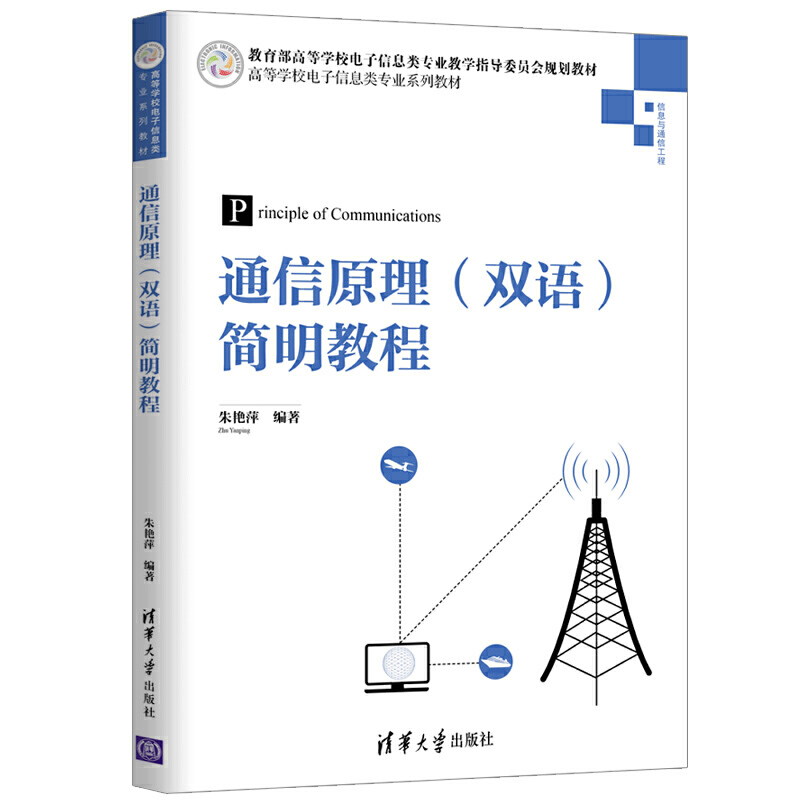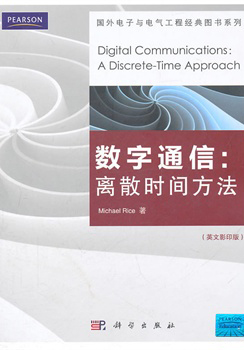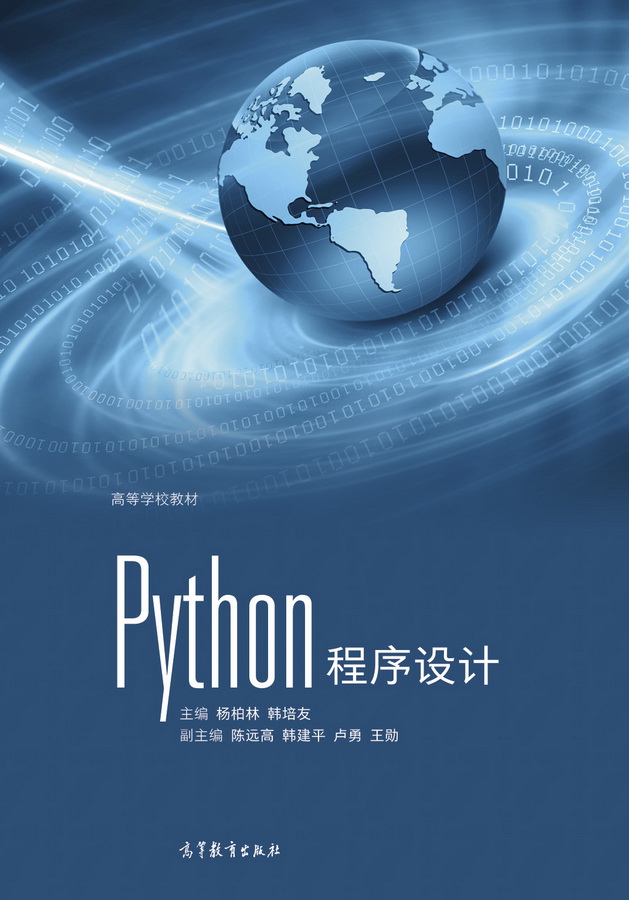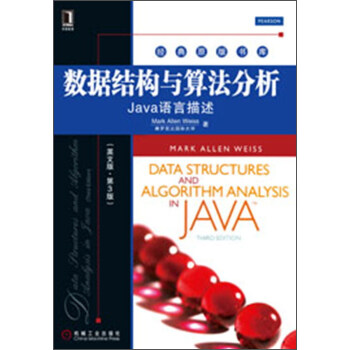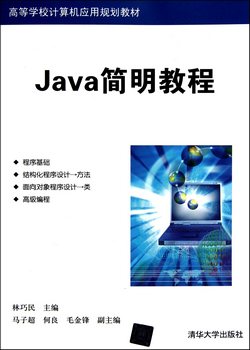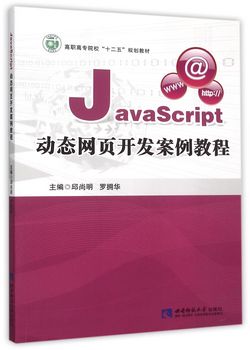通信原理(双语)简明教程 / 高等学校电子信息类专业系列教材
¥49.00定价
作者: 朱艳萍
出版时间:2019-06
出版社:清华大学出版社
- 清华大学出版社
- 9787302520573
- 1-1
- 262782
- 46201063-8
- 平装
- 2019-06
- 工学
- 信息与通信工程
- 电子信息
- 本科
内容简介
本书重点介绍通信系统中各种通信信号的产生、传输和调制解调的基本理论和方法,使学生熟悉并掌握通信系统的基本理论和分析方法,为后续课程打下良好的基础。在通信系统数学模型和相关数学工具的基础上,本书着重介绍模拟调制系统、数字基带/频带系统、模拟信号的数字传输系统等内容,涉及经典的调制解调、编码译码方法,并注重从系统的角度进行分析和理解。全书共分为8章,各章之间既独立又相互联系; 为了把知识点和相互联系清晰地表示出来,章首一般都有思维导图。在学习过程中应注重学习方法和技巧的总结,从系统和全局的角度对教材进行整体把握。本书适合电子信息、通信工程和计算机等相关专业本科生的高年级学生学习使用。
目录
ContentsChapter 1Introduction1.1Basic concepts and models of communication system1.1.1Communication system model1.1.2Analog communication model1.1.3Digital communication model1.2The classification of communication systems1.2.1Modulation mode1.2.2Division of frequency band 1.3Information and its measurement1.4The main performance index of communication systemsSummary and discussionHomeworkVocabularyChapter 2Random processes2.1Basic concepts of random processes (Definition of random processes)2.1.1Definition 2.1.2Numerical characteristics of a random process2.2Stationary Random Process2.2.1Definition 2.2.2Ergodicity2.2.3Autocorrelation function of stationary random processes2.2.4Power Spectral Density 2.3Gaussian process2.4Transmission of a random process through a Linear TimeInvariant (LTI) filter2.5Narrowband random process2.6Sine wave plus narrowband Gaussian noise2.7Gaussian white noise and band pass white noiseSummary and discussionHomeworkVocabularyChapter 3Channel3.1The classification of channels3.1.1Wireless channels3.1.2Wire channel 3.2Channel models3.2.1Modulation channel model (调制解调模型)3.2.2Coding channel model (编码信道模型)3.3Influence of the channel characteristics on transmission (for modulation model)3.3.1Influence of constant parameter channel on signal transmission 3.3.2Influence of random parameter channel of signal transmission3.4Channel capacity (continuous channel)Summary and discussionHomeworkVocabulary and terminologiesChapter 4Continuouswave modulation (Analog modulation system)4.1Introduction4.2Linear modulation4.2.1AM4.2.2DoubleSideband Modulation4.2.3SingleSideband Modulation 4.2.4Vestigial Sideband Modulation4.3Antinoise performance of linear demodulation4.3.1Noise in linear receiver using coherent detection4.3.2Noise in AM receivers using envelope detectionHomework (part 1)4.4Angle modulation (Nonlinear modulation process)4.4.1Basic definitions4.4.2NBFM(窄带调频)4.4.3Wideband frequency modulation (WBFM)4.4.4Generating an FM signal4.4.5Demodulation of FM signals4.4.6Noise in FM receivers4.5Frequencydivision multiplexing(频分复用)Summary and discussion Homework (part 2)Terminologies Chapter 5Pulse modulation5.1Sampling process5.2Analog pulse modulation (模拟脉冲调制)5.3Quantization process (量化过程)of sampled signal5.3.1Uniform quantization (均匀量化)5.3.2Nonuniform quantization5.4PCM(Pulse code modulation,脉冲编码调制)5.4.1The principle of PCM5.4.2Noise in PCM system5.4.3Delta modulation (增量调制)5.4.4DPCM (Differential pulse code modulation,差分脉冲调制)5.5TDM(TimeDivision Multiplexing,时分复用)Summary and discussionHomeworkTerminologiesChapter 6Baseband pulse transmission6.1Waveform and frequency characteristics of baseband digital signal6.1.1Waveform of baseband digital signal6.1.2Symbol code types of baseband digital signals for transmission6.1.3Frequency characteristic6.2Matched filter6.3Error rate due to noise6.3.1Binary polar baseband system6.3.2The unipolar baseband system6.4Intersymbol Interference6.4.1Nyquist’s criterion Ⅰ6.4.2Nyquist’s criterion Ⅱ6.5Eye patternSummary and discussionHomeworkTerminologiesChapter 7Passband data transmission (Digital passband transmission)7.1The basic principle of three digital passband modulation7.1.1ASK7.1.2FSK7.1.3PSK (Absolute phase shift keying)7.1.4DPSK (Differential PSK)7.2Antinoise performance of digital passband modulation system7.2.1Bit error rate of ASK7.2.2Bit error rate of 2FSK7.2.3Bit error rate of PSK7.2.4Performance comparison of digital keying transmission system7.3Hybrid amplitude/phase modulation schemes7.4OFDM systemSummary and discussionHomeworkTerminologiesChapter 8Further reading: new technologies in communication systems8.1Compressive sensing (CS)8.1.1Introduction8.1.2The mathematics theory8.1.3Application8.2Ultra wideband (UWB) system8.2.1The definition of UWB8.2.2Comparison with other wireless communications8.2.3Feature of UWB 8.2.4Impulse modulation signal in UWB signal8.2.5The application of UWB 8.3MIMO technology8.3.1The model of MIMO 8.3.2Applications References of Chapter 8附录AMATLAB仿真实验Experiment 1Continuouswave modulation (Corresponding to Chapter 4)Experiment 2Pulse modulation (Corresponding to Chapter 5)Experiment 3Digital passband transmission(Corresponding to Chapter 7)附录B实验箱实验实验一各种模拟信号源实验实验二脉冲编码调制PCM实验三AMI/HDB3编码和译码过程实验实验四FSK调制解调实验实验五通信系统综合实验附录C误差函数表参考文献

